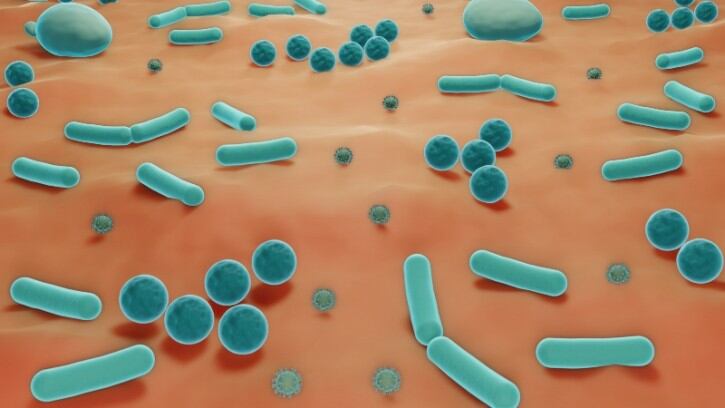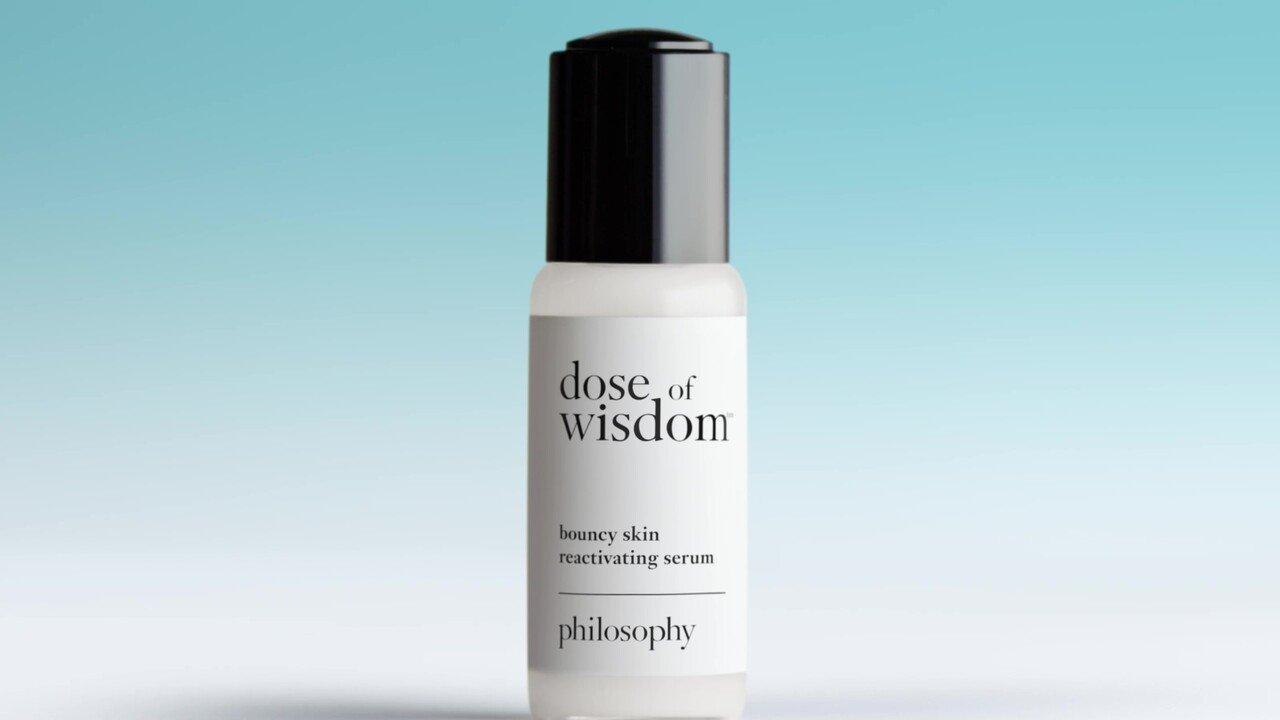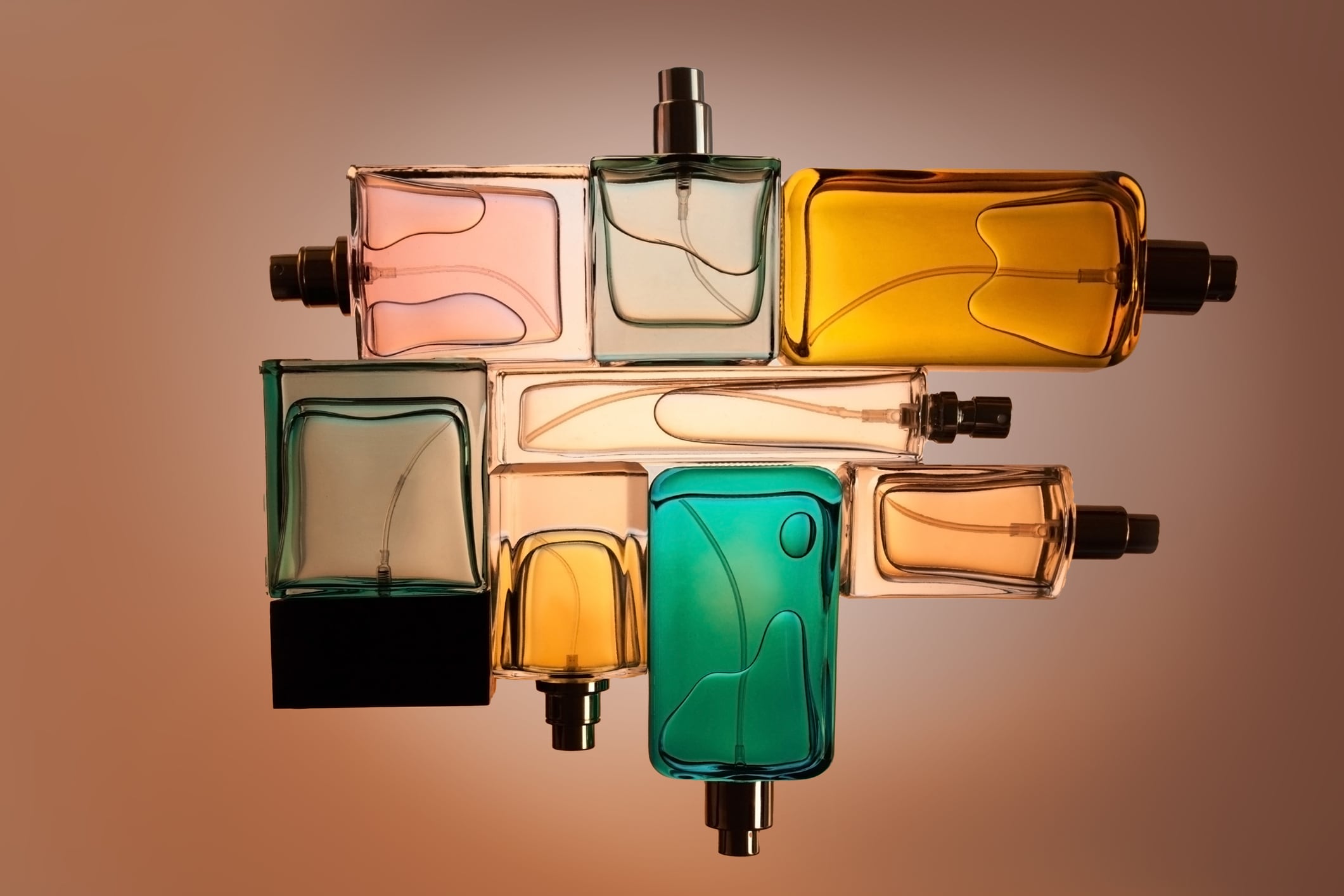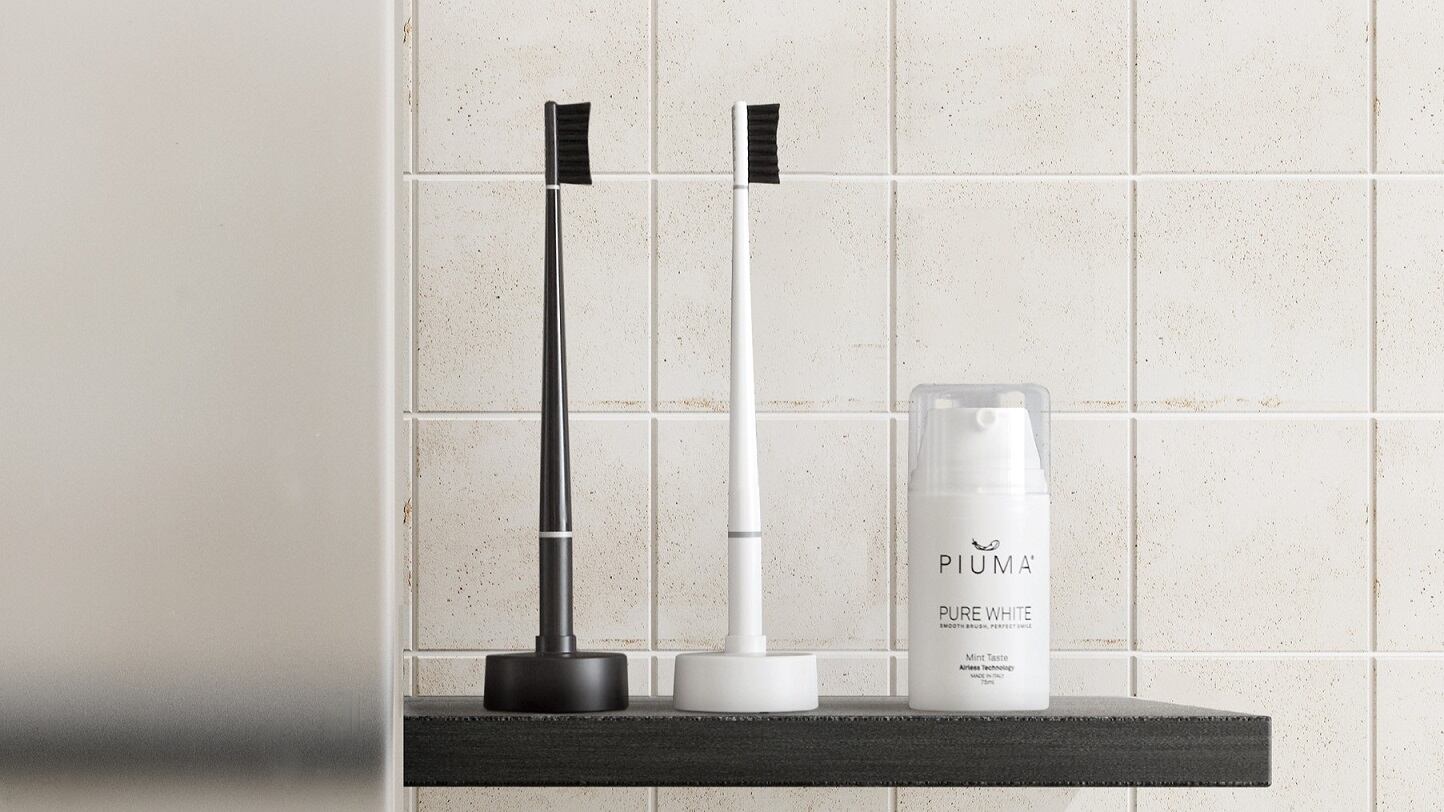Exosomes derived from human fibroblasts protect against UVB-mediated photoaging
Exosomes derived from human fibroblasts, BJ-5ta (BJ-5ta Exo), have shown promise in protecting against ultraviolet B (UVB)-mediated photoaging remains.
BJ-5ta Exo had previously been shown to provide benefits in addressing various skin defects, including aging, atopic dermatitis, and wounds, but the potential impact on ultraviolet B (UVB)-mediated photoaging remained unexplored.
Therefore, this study by South Korean researchers aimed to investigate the anti-photoaging effects of BJ-5ta Exo on UVB radiation in both human skin fibroblasts and SKH-1 hairless mice.
Probiotics in cosmetics: Huge potential, but need for greater scientific understanding
Probiotics are displaying huge potential for cosmetics innovation, but there is a need for greater understanding of how manufacturing processes impact biological effects, and for clinical studies of all strains to corroborate the therapeutic advantages shown in in vitro models.
A new review has detailed the beneficial potential of probiotics in skin care, and highlighted where there are gaps in knowledge.
Despite these advancements, there is a notable lack of studies detailing the mechanisms of action of probiotics in cosmetic applications.
Cloud ear mushroom extract offers skin hydration benefits – Thai research
A spray containing brown cloud ear mushroom (A. polytricha) water extract has been found to offer skin hydration benefits and reduce transepidermal water loss, claim Thai researchers.
The cloud ear mushroom is widely cultivated in East Asia and renowned for its bio-active compounds, giving rise to hypoglycaemic, anti-tumour, and antioxidant effects.
Beyond its medicinal properties, it is highly nutritious. Hence, there is a growing interest in harnessing its potential to create transparent thin films for various therapeutic applications on human skin, such as improving skin hydration and maintaining optimal water balance.
Mandom seeks to develop next-generation antiperspirant as it unlocks key to sweat reduction
Mandom has uncovered the mechanism that acts directly on sweat glands to reduce sweating, which has significant potential for the development of next-generation antiperspirants.
The research group had previously demonstrated that the contraction of human sweat glands pushes sweat out to the skin surface. However, its detailed mechanism and factors that could suppress sweating were not identified.
To elucidate the contraction mechanism of sweat glands and develop a new antiperspirant ingredient, the researchers collected eccrine sweat glands from human skin tissue and observed them.
Kosé receives approval for new skin whitening active derived from liquorice
Kosé Corporation has obtained approval from Japan’s health ministry to use its new whitening active ingredient derived from liquorice roots.
Stearyl glycyrrhetinate SW claims to suppress inflammation to mitigate the formation of age spots therefore exhibiting whitening effects.
“The results showed that the developed stearyl glycyrrhetinate SW suppresses inflammation, which is a cause of age spots, and exhibits excellent whitening effects, and was approved by the Ministry of Health, Labour and Welfare as an active whitening ingredient,” Kosé announced.
Kick-off 2024 by discovering the trends shaping the next generation of beauty consumers. Join us at the Beauty Forward 2024 digital summit taking place January 29 to 31. Register here for FREE now.





